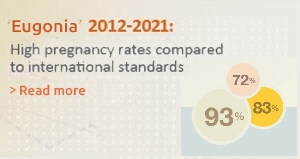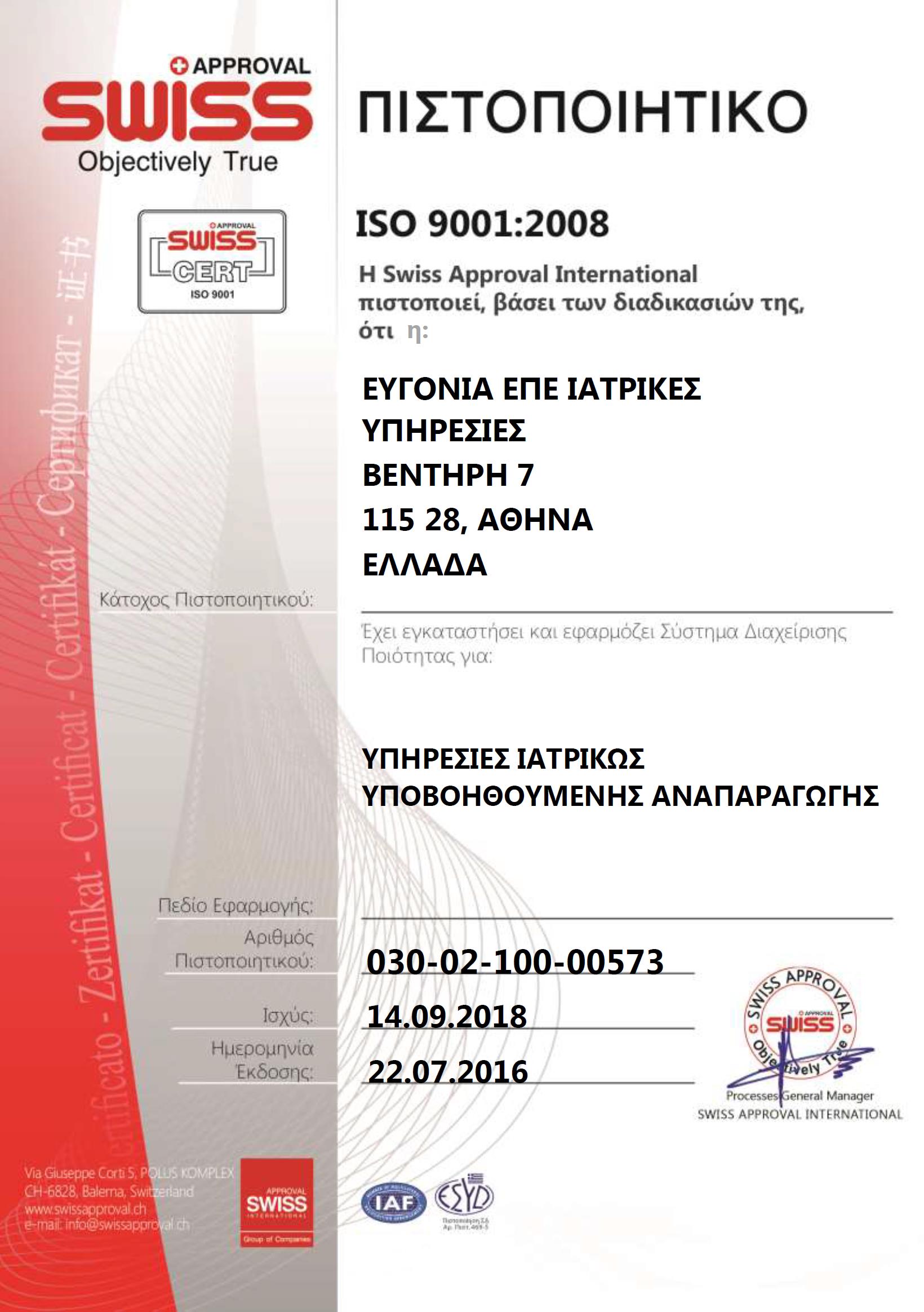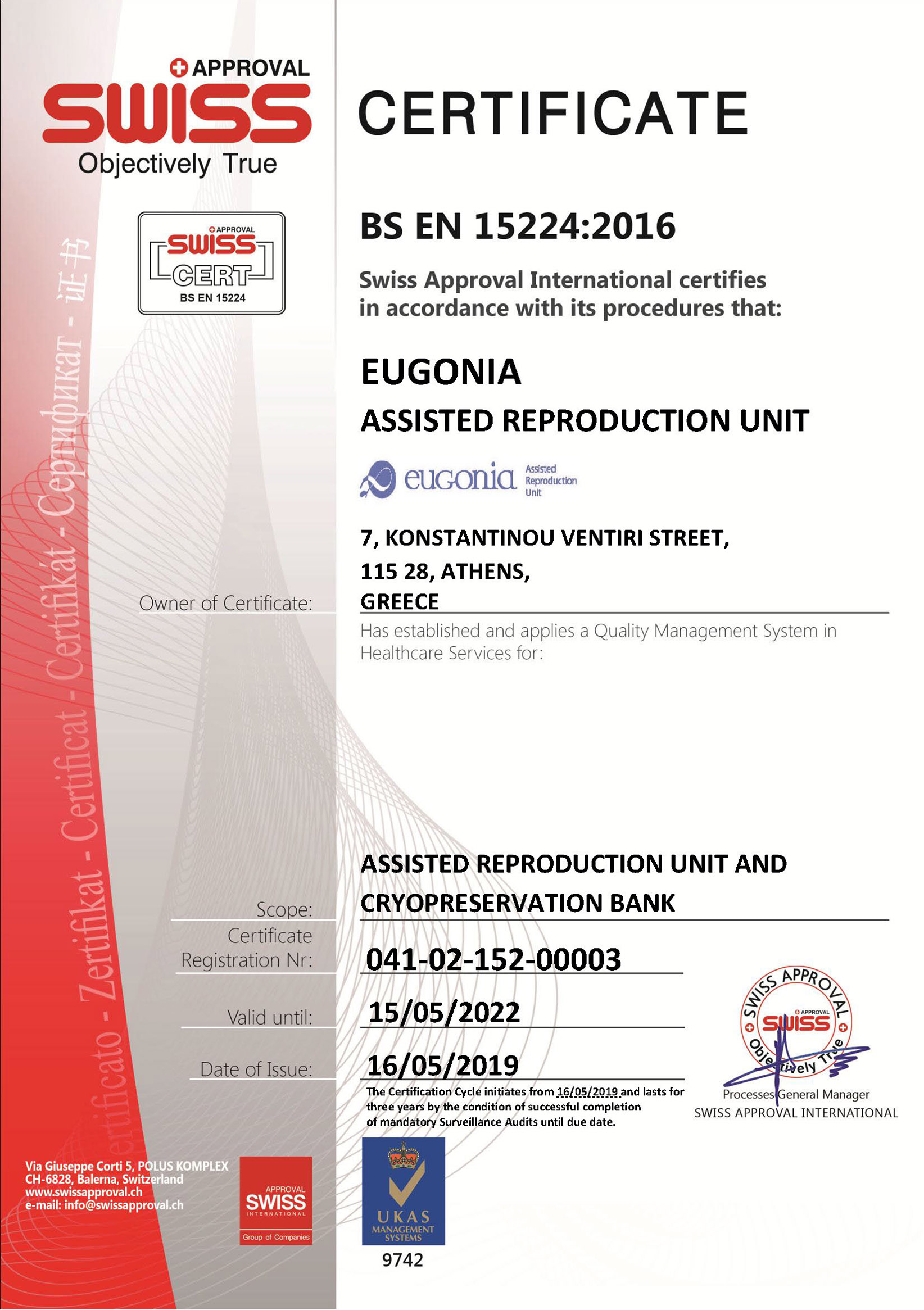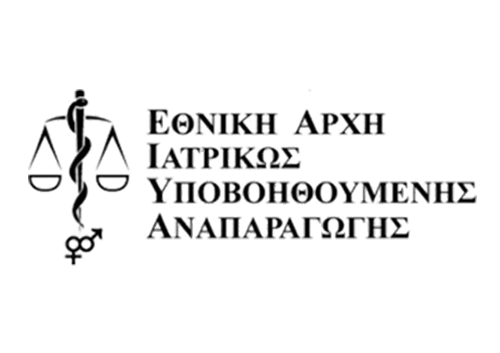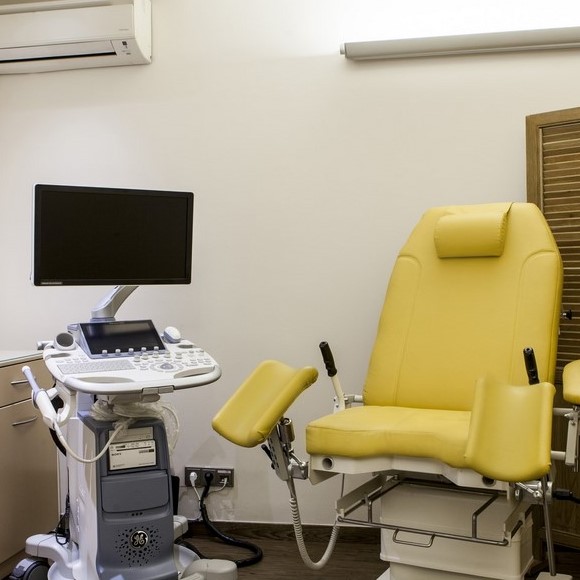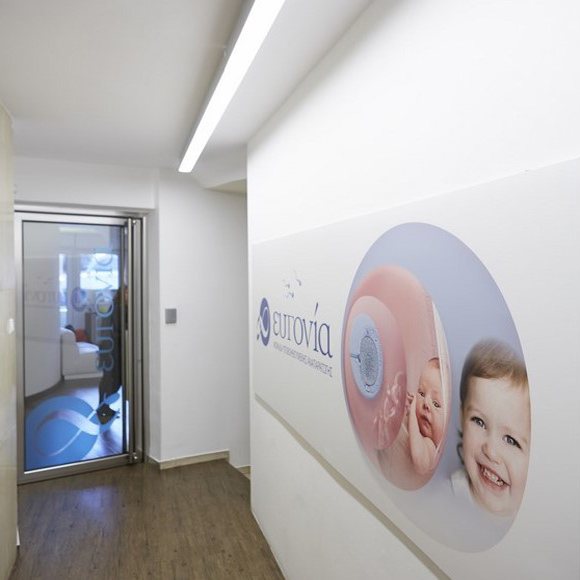What is IUI
Intrauterine insemination is the oldest of all methods of assisted reproduction. It was first applied experimentally in animals in 1780 and in humans in 1791.It is a relatively simple method, that requires placing of sperm into a woman's vagina (vaginal), or placing of sperm near the cervix (pericervical), or into a woman's uterus (intrauterine). Intrauterine insemination is the first-line treatment in women of young age, with tubal patency and a male partner presenting with mild oligoasthenozoospermia. Moreover, IUI is recommended in cases of confirmed non obstructive azoospermia, where donor sperm is used. Sperm donation was very popular in the past, however the last few decades it has been περιορισθεί after the introduction of Intracytoplasmic Sperm Injection (ICSI). Tubal patency is a prerequisite, at least in one of the two fallopian tubes.
Prerequisites
In regards to sperm, the lowest number of washed spermatozoa that gave a pregnancy, according to international bibliography, is 100.000. However, in order to have realistic chances of success, a minimum of 2.000.000 washed, motile spermatozoa is required.
How is IUI performed
IUI can take place in a natural cycle or in a stimulated cycle. Monitoring involves ultrasound scans and hormone measurements. Ovulation may occur naturally, or it is induced 36 hours after hCG administration when the follicle(s) are mature. A few hours (usually 1-2 hours) before scheduled IUI, the husband must produce a sperm sample. After sperm processing, spermatozoa are concentrated and activated, in a low volume (usually 0,2 - 0,5ml) of specialized culture medium. The washed sample is loaded on a thin, plastic catheter attached to an insulin syringe. A speculum is inserted into the vagina so that the cervix is visualized. The catheter is gently introduced into the uterine cavity and the processed semen is injected. The whole procedure lasts only a few minutes and is painless.The catheter is removed and the woman should remain in a resting position for a few more minutes. After IUI, the woman may return to her daily routine, without any precautions. In some cases, progesterone administration is required in order to support endometrial receptivity, during the luteal phase of the cycle.
Modifications of the method
The main modification of IUI involves injecting a large volume of fluid (5-6 ml instead of 0,5 ml that is usually used). The fluid, containing washed spermatozoa, is slowly injected in the uterus, filling the uterine cavity, the fallopian tubes and finally is ekxeetai in the peritoneal cavity. Bibliography reports slightly higher success rates compared to conventional IUI. However, there are disadvantages such as longer duration of the procedure and the use of a specific type of speculum that cups the cervix, so that the fluid would not escape through the vagina.
IUI success rates
IUI success rates depend on various factors (ovulation, female age, sperm parameters e.t.c.) In general, the success rates range between 10 – 25% per treatment. This means that depending on the partner's sperm quality, it may take more than one treatments until a pregnancy is achieved.





